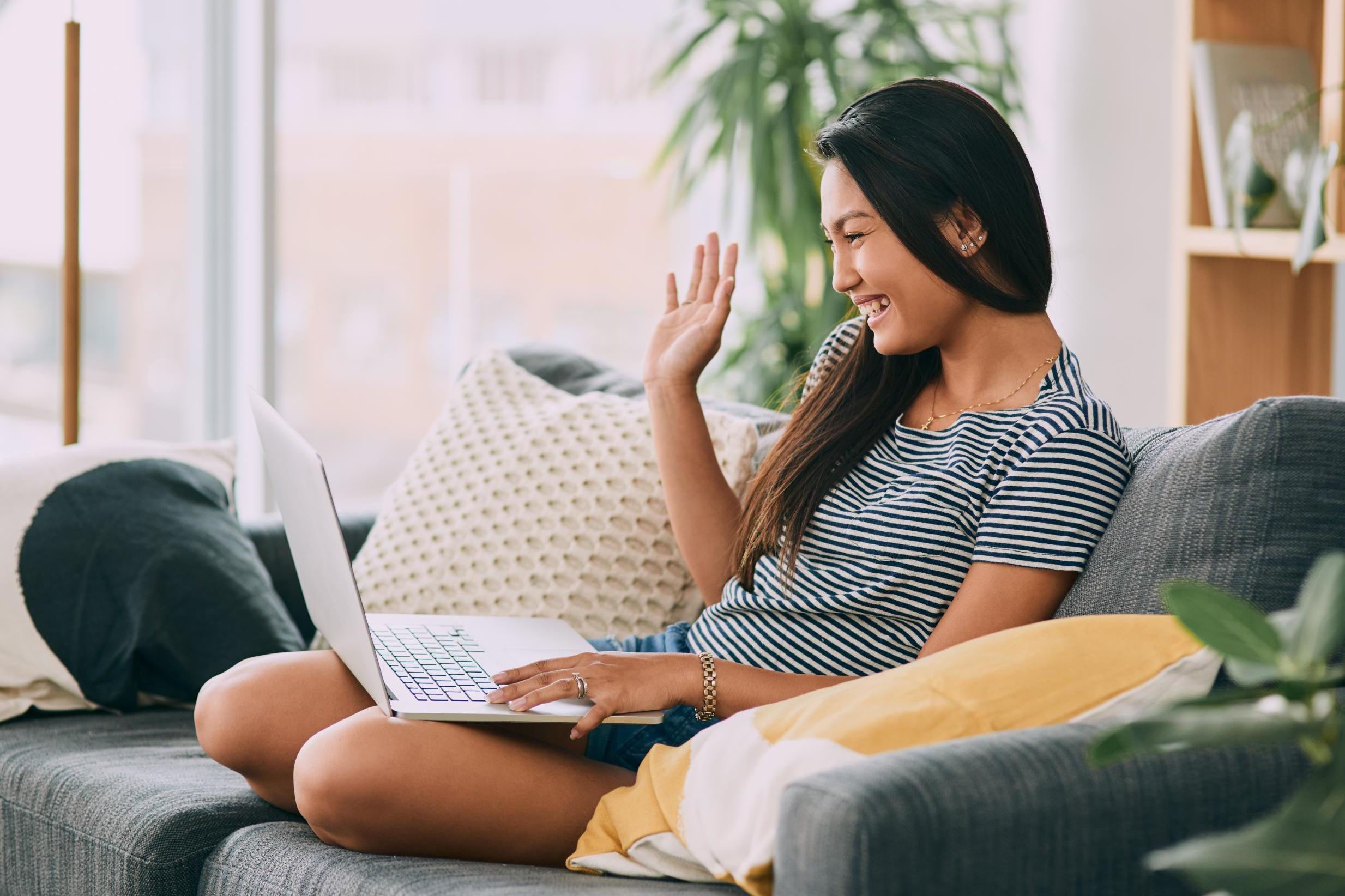The Independent's journalism is supported by our readers. When you purchase through links on our site, we may earn commission.
How to look good on Zoom, according to Tom Ford
It's all about angles and lighting

With millions of people working, and dating, from home as a result of the coronavirus pandemic, video conferencing has become our new primary form of conversation.
Unfortunately, grainy laptop cameras and poor lighting don’t always make for the most professional appearance.
But, according to Tom Ford, there are certain techniques that ensure you’ll look presentable for each Zoom or FaceTime call.
Speaking to The New York Times journalist Maureen Dowd, the designer revealed that the first step is to place your computer on an elevated surface, such as a stack of books, so that the camera is slightly higher than your head.
Once the laptop is positioned above you, you should point the camera down towards your eyes.
Lighting is also important, according to the designer, who suggests that you place a tall desk lamp next to your computer “on the side of your face you feel is best” to provide some flattering light.
“The lamp should be in line with and slightly behind the computer so the light falls nicely on your face,” he explained.
To ensure you get “a bit of fill and bounce,” Ford recommends using a white piece of paper or a white tablecloth and placing it on the table you are sitting at.
However, as he told Dowd, you have to make sure the white isn’t visible in the frame, although it’s not exactly clear why.
Finally, Ford advises using “lots of powder”.
“Et voilà,” the designer concluded.
Join our commenting forum
Join thought-provoking conversations, follow other Independent readers and see their replies
Comments
Bookmark popover
Removed from bookmarks